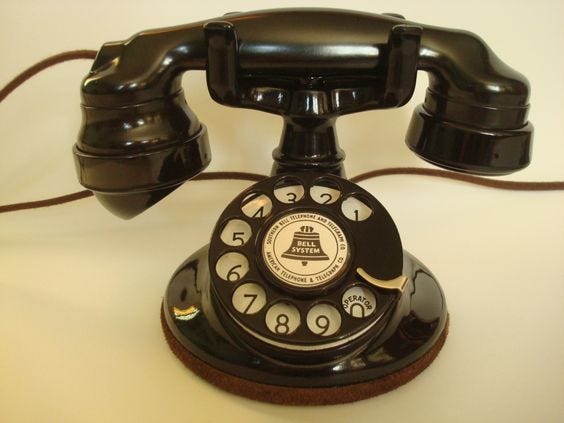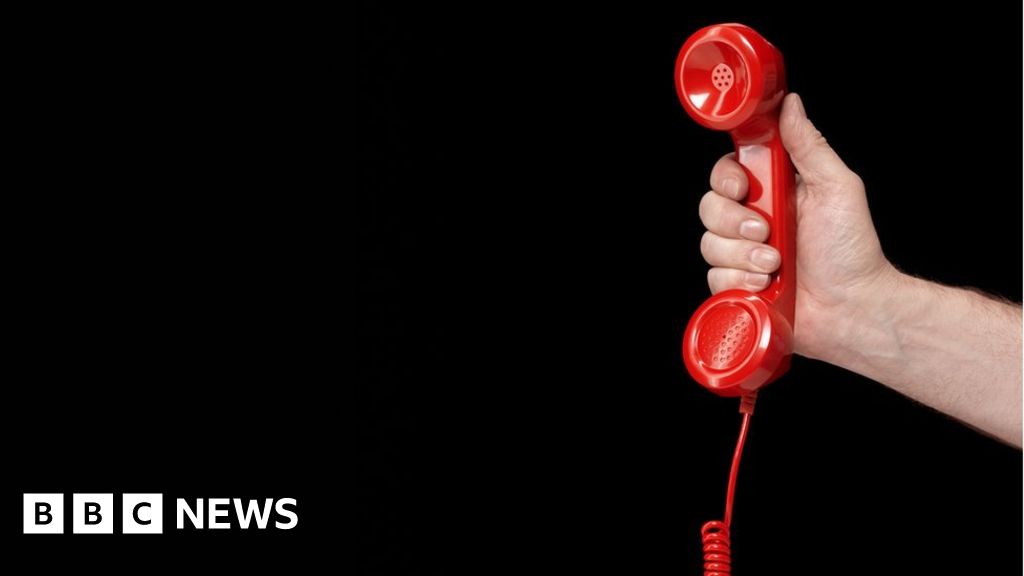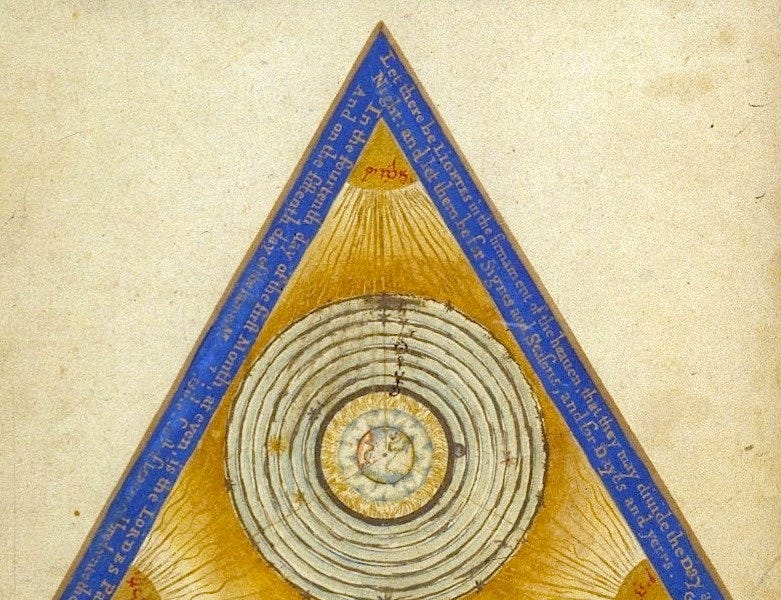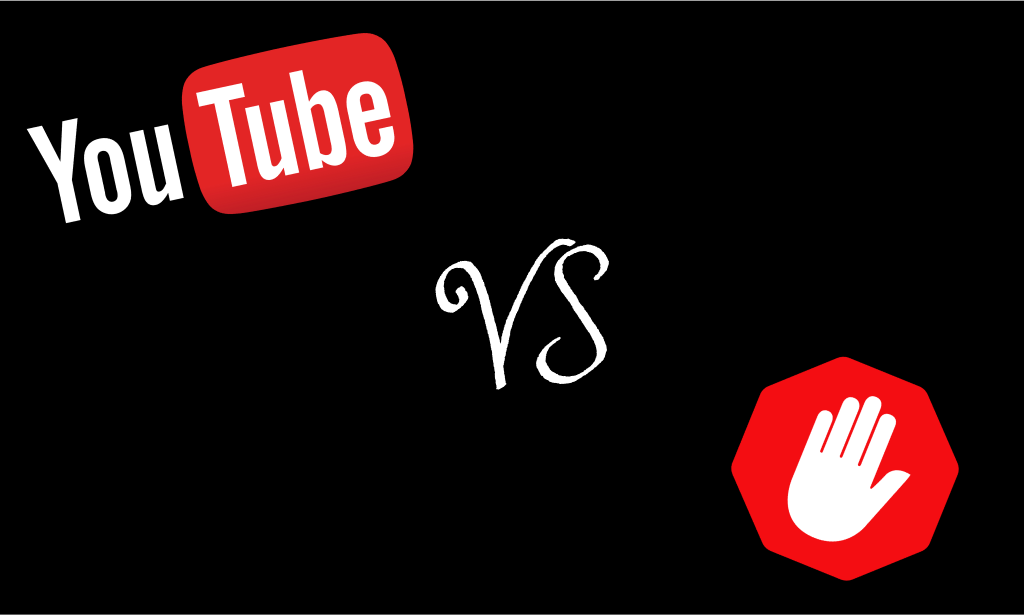
Telephone newspaper - Wikipedia
Telephone Newspapers, introduced in the 1890s, transmitted news and entertainment to subscribers over telephone lines. They were the first example of electronic broadcasting, although only a few were established, most commonly in European cities. These systems predated the development, in the 1920s, of radio broadcasting. They were eventually supplanted by radio stations, because radio signals could more easily cover much wider areas with higher quality audio, without incurring the costs of a telephone line infrastructure.
The introduction of the telephone in the mid-1870s included numerous demonstrations of its use for transmitting musical concerts over various distances. In one particularly advanced example, Clément Ader prepared a listening room at the 1881 Paris Electrical Exhibition, where attendees could listen to performances, in stereo, from the Paris Grand Opera.[3] The concept also appeared in Edward Bellamy's influential 1888 utopian novel, Looking Backward: 2000-1887, which foresaw audio entertainment sent over telephone lines to private homes.
The initial scattered demonstrations were followed by the development of more organized services transmitting news and entertainment, which were collectively called "telephone newspapers". (The term "pleasure telephone" was also sometimes used in reference to the more entertainment-oriented operations.) However, the technical capabilities of the time — vacuum tube amplification would not become practical until the 1920s — meant that there were limited means for amplifying and relaying telephone signals to multiple sites over long distances, so service areas were generally limited to a single jurisdiction, and in most cases listeners needed to use headphones to hear the programs.
Leave a Comment
Related Posts










/https%3A%2F%2Ftf-cmsv2-smithsonianmag-media.s3.amazonaws.com%2Ffiler_public%2F6f%2F64%2F6f64a534-be29-44a3-a883-0c19b5e99984%2Fab1_-_branched_bamboo_coral_3689_7-25-09_jsl_0589.jpg)








/cdn.vox-cdn.com/uploads/chorus_asset/file/25416391/STK473_NET_NEUTRALITY_CVIRGINIA_C.jpg)



